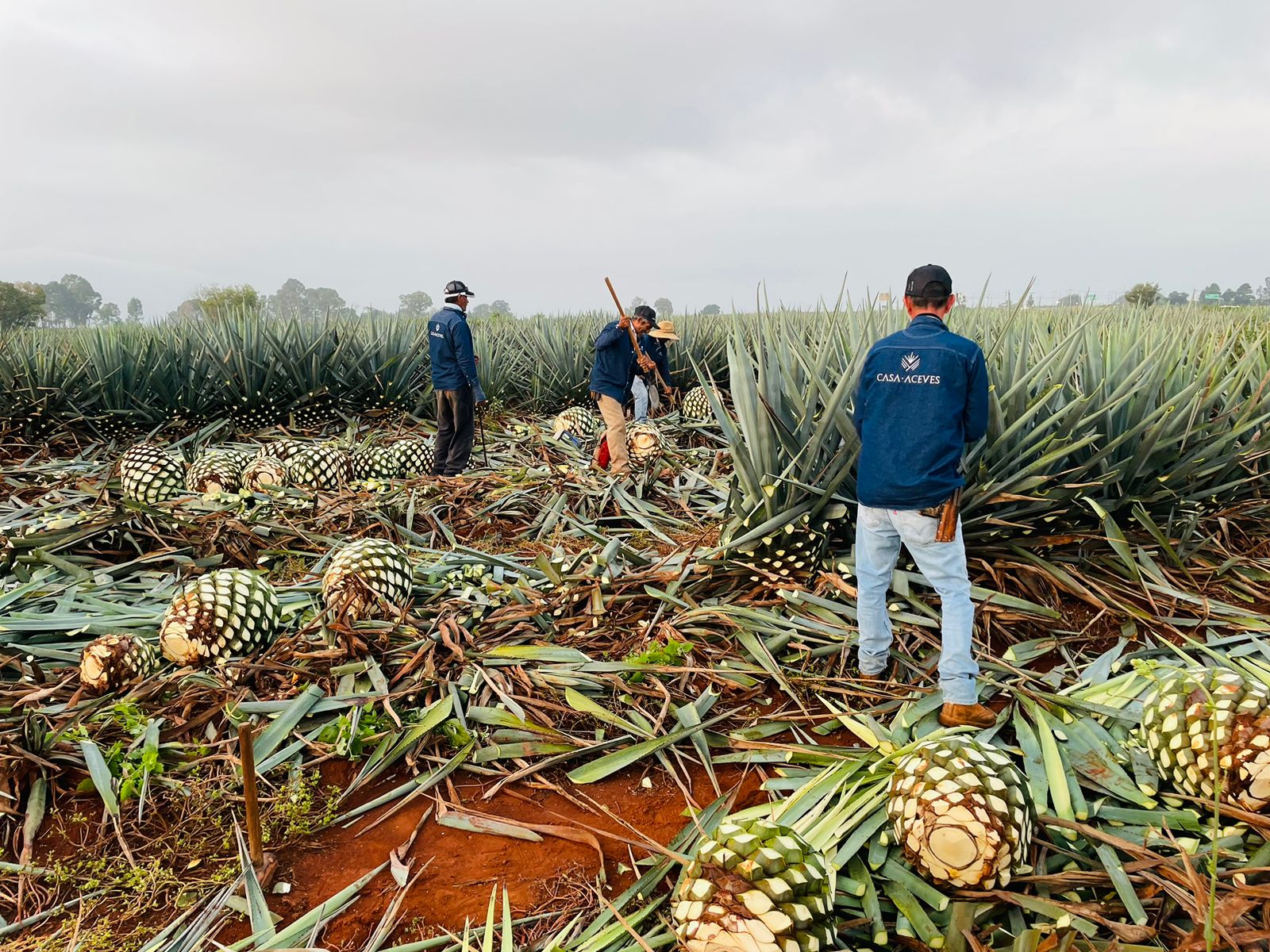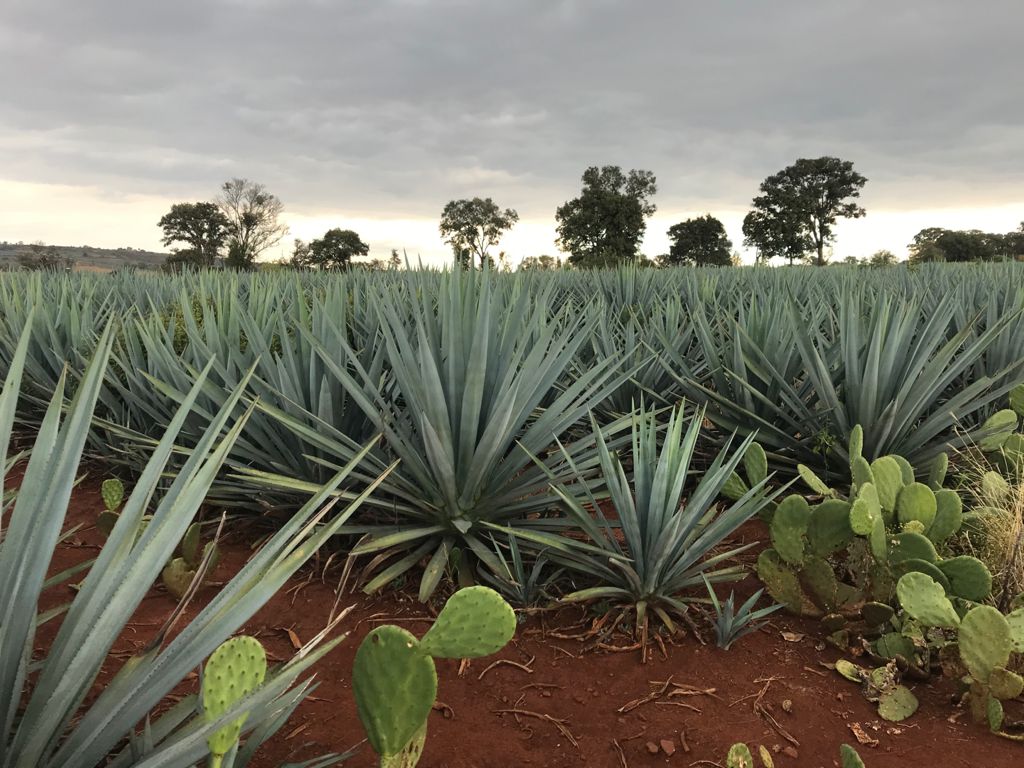A Spirit as Complex as It Is
Tequila is not only one of Mexico’s most beloved exports but also one of the most complex spirits in the world. From the agave plants to the distillation process, every factor plays a crucial role in creating a unique tequila that can be attributed to the region where it is produced. In this blog post, we will delve into the influence of the terroir, a French term used to describe the natural elements that impact agriculture, on the production of tequila in different regions of Mexico.
The Inticracy of Its Regions
While tequila is made in several Mexican states, the heartland of production is in Jalisco, which can be split into two regions: Los Altos and El Valle. Tequilas made in Tequila Valley are known to be more masculine, earthy, and peppery in taste, while those from Los Altos are considered more feminine, softer, and fruitier. However, it’s worth noting that categorizing tequila solely based on its region is not entirely accurate.
Several factors can impact the taste profile of tequila, including where the agave was grown, the surrounding environment, and the distillation process. For example, the length of time the agave was grown, the use of chemicals in the soil, the distance between each plant, and overall weather conditions can all impact the taste of the final product. Ultimately, using fully mature agave is the key to producing quality tequila, regardless of the region.
Each region in Jalisco has its terroir, which defines the unique characteristics of the area. In Los Altos, the soil is rust-red and located at higher elevations, resulting in agave with a softer, fruitier taste profile. Meanwhile, El Valle, with its mountainous backdrop and humid climate, offers agave with an earthy, peppery, and herbal taste profile. These factors greatly influence the flavor of tequila produced in each region.
The overall soil content and composition also play a crucial role in the terroir of tequila. Tequila produced in Los Altos region is located on volcanic soils rich in iron, copper, and magnesium, while agave grown in El Valle thrives in soils with clay, sand, and basalt. The unique nutrient composition of these soils impacts the growth and flavor profile of the agave, ultimately leading to different-tasting tequilas.
Final Thoughts
Tequila is indeed a complex and nuanced spirit with many factors contributing to its unique flavor profile. Understanding the impact of terroir on tequila can help drinkers appreciate and differentiate the various types of tequila available. Whether you prefer the earthy, peppery flavors of Tequila Valley or the softer, fruitier profile of Los Altos, the terroir of each region contributes to the overall taste of this beloved Mexican spirit.
So the next time you enjoy a sip of tequila, take a moment to appreciate the terroir that went into creating that unique and wonderful flavor. Salud!
👇🏻 Follow Us On Instagram to learn more about the amazing world of tequila, from an insider’s perspective. 🥂✨










